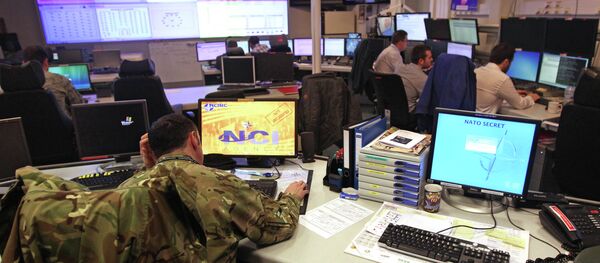Estonia has been badly hit by a series of cyber attacks which began in 2007 as part of a protest against the Tallinn government following the removal of the Bronze Soldier Soviet war monument erected in 1947.
The protests on the streets turned to cyber warfare when prominent government websites along with the websites of banks, universities and Estonian newspapers were targeted in a series of denial-of-service (DoS) attacks. Aimed primarily at specific sites and networks, DoS attacks block the access of legitimate users, rendering the entire site or network unavailable.
NATO Cyber Defence Centre and Estonian Defence League Cyber Unit Sign Cooperation Agreement https://t.co/nEr0csBAwr pic.twitter.com/ND1JPnqUFw
— estNATO (@estNATO) February 12, 2015
The attacks went on for three weeks, but were stopped when the Estonian government blocked all international web traffic, effectively shutting off the most wired country in Europe from the rest of the world.
According to internet watchdog, Freedom House, Estonia ranks among the most wired and technologically-advanced countries in the world. With a high internet penetration rate and widespread e-commerce and e-government services embedded into the daily lives of individuals and organizations, Estonia has become a model for free internet access as a development engine for society.
"We Call Them Guys With Ponytails"
Now the volunteer Estonian Defence League has set up a Cyber Unit (EDL CU) aimed at protecting Estonian cyberspace. The Cyber Unit's mission is to protect Estonia's high-tech way of life, including protection of information infrastructure and supporting broader objectives of national defence.
Debiangello: RT SpecGhost: #Estonia recruits volunteer #Army of'#cyber warriors'http://t.co/tZez5TOvHw #cybersecur… pic.twitter.com/z7r0rn0D2w
— Enterprise Securrity (@Enterprise_ITS) April 27, 2015
Now, in the event of another cyber attack, hundreds of volunteers will be used to protect the country's electronic infrastructure. "We call them guys with ponytails — but we don't all have ponytails," said Tanel Tetlov, a 33-year-old volunteer member of the Cyber Unit. He told the Daily Telegraph:
"The worst part of being a defender is you never know where the attacker is going to hit you. He can choose a clear strike, but you have to defend every door and window."
Andrus Padar, the commander of the unit, would not be drawn on the exact number of volunteers who would try to save Estonia from this fate as the information is classified.
However, Padar said that about 1 percent of all the country's information technology experts had joined the Cyber Unit.
He added:
"Cyber war is a little bit close to a nuclear war: you are talking about critical services being removed."





